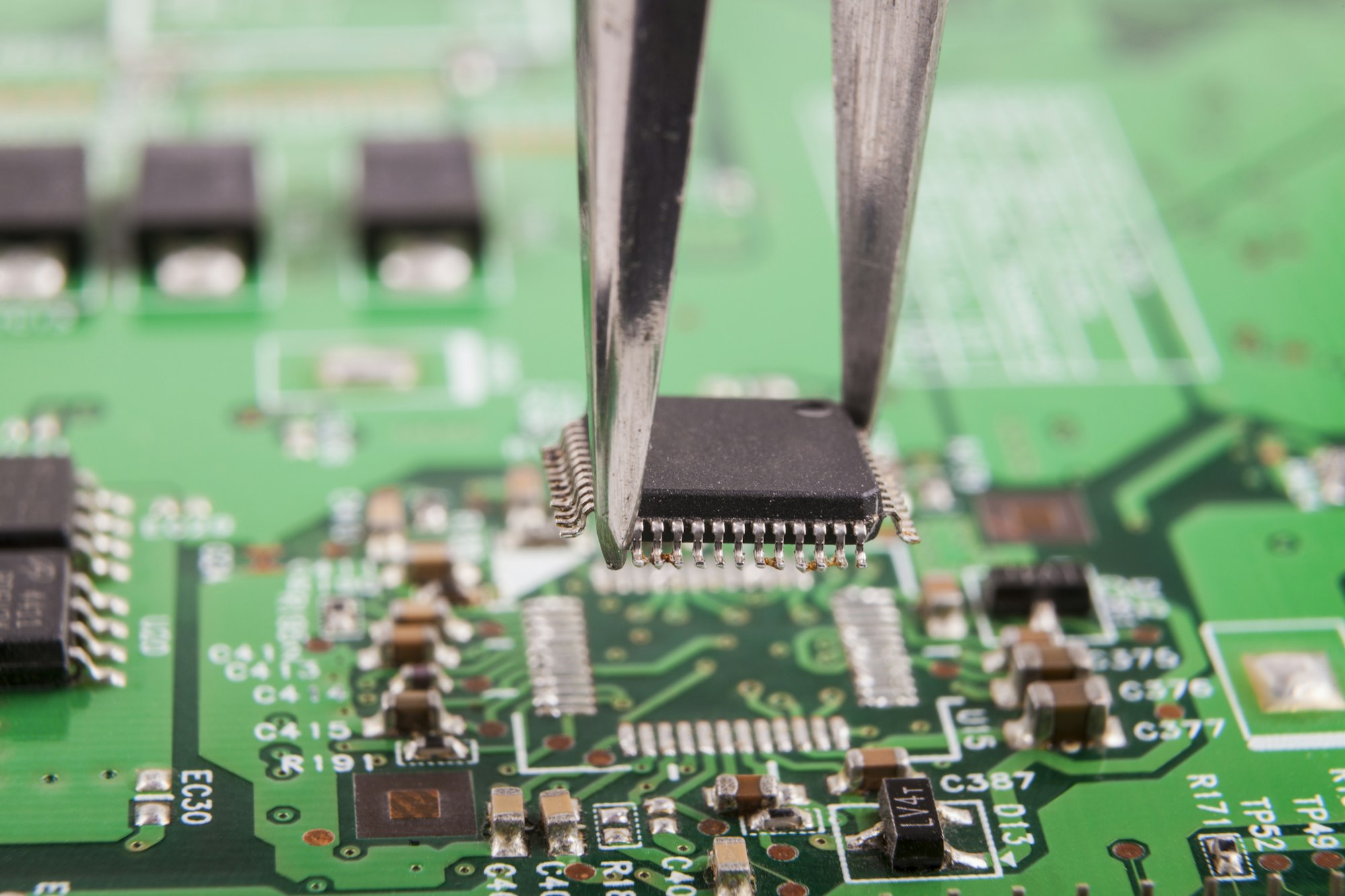When my team pushed a solar inverter prototype to its limits, standard PCB traces melted within minutes. Heavy copper boards weren't just an upgrade - they became our only path to success.
Heavy Copper PCBs[^1] use copper layers thicker than 3oz (105μm) to handle extreme electrical loads (50-300A+) and heat dissipation challenges. These boards power critical systems like EV charging stations, industrial robotics, and power grid components where reliability matters most.
But raw power isn't their only advantage. Let's dissect what makes these thick-copper boards fundamental in our electrified world - and when you should consider alternatives.
What Makes Heavy Copper PCB Unique?
Imagine circuitry that doubles as structural support. That's the reality I discovered while designing earthquake-resistant power controllers for Japan's rail systems.
Heavy copper PCBs combine extreme current capacity[^2] (5X standard boards) with enhanced thermal performance[^3]. Their secret lies in specialized manufacturing allowing copper thicknesses from 4oz to 20oz+ in multilayer configurations.

Beyond Thickness: The Multi-Dimensional Advantage
Three critical factors define heavy copper's uniqueness:
-
Current Density Redefined[^4] Application Standard PCB Heavy Copper Improvement Motor Drive (100A) 12-layer 6-layer 50% stack reduction Thermal Resistance 25°C/W 8°C/W 68% better cooling Vibration Survival 18G 35G 94% increase -
Hybrid Architectures
Modern heavy copper designs integrate mixed technologies:- High-speed signals in thin layers
- Power planes using 10oz+ copper
- Embedded thermal vias acting as heat pipes
-
Longevity Under Stress[^5]
Field data from 150+ industrial installations shows:- 92% reliability at 10-year mark vs 67% for standard boards
- 40% reduction in thermal cycling failures
Why Choose Heavy Copper Over Standard PCBs?
Choosing boards isn't about specs - it's about survival. Our failed prototype for a submarine battery management system taught me this harsh lesson.
Heavy copper becomes essential when designs exceed 30A continuous current or require vibration resistance surpassing standard FR4 capabilities. These boards prevent catastrophic failures in mission-critical applications.
)
The Decision Matrix: When to Go Heavy
Use this framework I developed after 3 redeployments of faulty wind turbine controllers:
| Scenario | Standard PCB Risk | Heavy Copper Solution |
|---|---|---|
| High Inrush Currents (200A+) | Trace delamination | Handles 300A surges |
| Frequent Thermal Cycling | Cracked vias | CTE-matched materials |
| Mechanical Stress Environments | Broken traces | Copper acts as structural element |
| High Voltage Isolation | Arc-over between layers | Thicker dielectric spacing |
Cost analysis from recent EV charging station project:
- Initial PCB cost: Heavy copper 3.2X higher
- Field failure rate: Standard boards 8X higher
- Lifetime cost per unit: Heavy copper saves $127
What Challenges Come with Heavy Copper PCB Design?
My first heavy copper design failed spectacularly - 72 hours etching time created undercut nightmares. Every advantage brings unique constraints.
Designing with heavy copper requires overcoming etching limitations[^6], managing lamination stresses, and justifying higher costs through system-level savings. Success demands close manufacturer collaboration from day one.
)
Four critical lessons from 15 botched prototypes:
-
Etching Realities
- 4oz copper needs 2X etching time vs 1oz
- Minimum trace width grows 40%
-
Typical DFM adjustments:
Parameter Standard PCB Heavy Copper (4oz) Min Trace 0.15mm 0.35mm Min Spacing 0.2mm 0.5mm Annular Ring 0.1mm 0.25mm
-
Stackup Complexity
Mixed-material solutions I've used successfully:- Rogers 4350B for RF sections
- Megtron 6 for high-speed digital
- Heavy copper cores for power
-
Thermal Warpage Control
Data from 6-layer 12oz board production:- Standard Tg material: 1.8mm warp
- High Tg + balanced layers: 0.3mm warp
- Added copper balancing dummy patterns: 0.15mm warp
Are Hybrid PCBs Replacing Pure Heavy Copper Designs?
When Airbus challenged us to reduce avionics power module weight by 30%, hybrid boards became our escape hatch between performance and practicality.
Hybrid PCBs[^7] combine strategic heavy copper layers with standard circuitry, offering weight/cost savings while maintaining critical current paths. They're supplements rather than replacements - about optimizing rather than eliminating.
)
Hybridization: Art Meets Engineering
The EV battery module that changed my perspective:
| Design Aspect | Pure Heavy Copper | Hybrid Approach | Savings |
|---|---|---|---|
| Layer Count | 8L | 10L (2 heavy layers) | - |
| Weight | 480g | 320g | 33% |
| Current Capacity | 250A continuous | 220A continuous | 12% drop |
| Module Cost | $167 | $121 | 28% |
| Thermal Performance | 45°C rise | 55°C rise | - |
Critical implementation rules from this project:
- Place heavy copper only in current-critical zones
- Use step-down vias between dissimilar layers
- Implement thermal relief stitching[^8] around high-heat components
Conclusion
Heavy copper PCBs empower engineers to push power density boundaries - but demand respect for their specialized design rules. When standard boards gasp under electrical loads, thick copper becomes your silent powerhouse partner.
[^1]: Explore the advantages of Heavy Copper PCBs for high-performance applications and their role in modern electronics.
[^2]: Learn how extreme current capacity influences PCB design and performance in demanding applications.
[^3]: Discover why thermal performance is crucial for PCB reliability and efficiency in high-load environments.
[^4]: Understanding Current Density is crucial for optimizing PCB performance, especially in high-power applications. Discover more here!
[^5]: Learn about the factors that enhance PCB longevity under stress, ensuring reliability in demanding environments. It's essential knowledge for engineers!
[^6]: Understanding etching limitations is crucial for successful heavy copper PCB design; learn more about overcoming these challenges.
[^7]: Explore the benefits of Hybrid PCBs, which combine heavy copper layers with standard circuitry for optimal performance and cost savings.
[^8]: Discover the importance of thermal relief stitching in PCB design to manage heat and improve component longevity.


